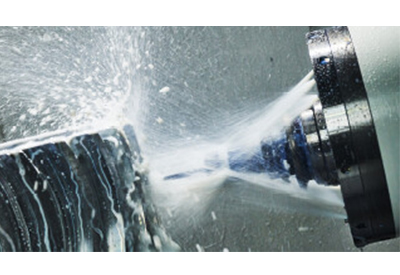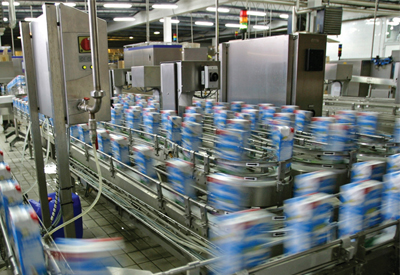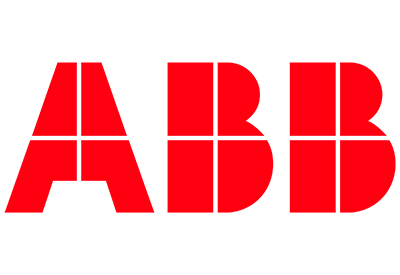3 Steps for Effective Asset Management Strategy

May 18, 2021
If you’re like most industrial automation maintenance professionals, you’re trying to improve asset utilization to get more out of your company’s already-made investments, while reducing risks and costs. You may be looking ahead to the ideal future state, where digital transformation enables all your plant operations to be connected to the enterprise.
Unfortunately, it’s also true, if you’re like most maintenance pros, that you’re probably spending more time addressing unplanned downtime, excess inventory or a host of “whack-a-mole” issues that arise on a given day. Not to mention worrying about the potential of hidden threats hanging over the plant floor, such as legacy devices staring down obsolescence, back-ordered spare parts, depleting human resources and more.
The good news is, you don’t have to be – and you don’t have to do it all on your own.
Get the most from your operations
Creating an effective asset management strategy can help you improve asset availability, overall equipment effectiveness, and reduce your maintenance, repair and operations (MRO) spend. This entails evaluating three key areas – even at a baseline – to help you get ahead of issues before they arise and optimize your production assets:
- 1. Assess – Take an inventory of your assets to help you understand ongoing needs against surpluses and shortage.
- 2. Plan – Evaluate your most critical assets and greatest obsolescence risks to begin developing a modernization strategy.
- 3. Manage – Gauge the performance of your assets to mitigate potential unplanned downtime.
Using data collection and analysis, you can gain critical insights into your asset lifecycle, inventory and overall plant operations, to move from being reactive to proactive.
Consider this scenario. A large oil and gas company with several offshore platforms used for drilling and exploration needed visibility into the obsolescence status of its equipment. The company conducted an initial Installed Base Evaluation (IBE) to thoroughly analyze its plant software and hardware assets, and their condition, to understand and pinpoint lifecycle risks by area, line, machine and panel. Using the data-driven results, the company’s maintenance team implemented a cost-effective maintenance, repair and operations strategy for ongoing maintenance, and a timeline for spare parts and upgrades. This enabled the team to keep systems up and running smoothly, while mitigating equipment failure risks that could lead to unplanned downtime or worse.
Prioritize and plan
Taking those initial three steps can also help you prioritize urgent, medium- and long-term needs, whether in one plant or across multiple plants all vying for limited resources. You can more easily identify the proverbial low-hanging “increase operational efficiencies” fruit that offers high value with low effort to achieve. As a result, operations maintenance and engineering teams can align around a defensible MRO, modernization strategy and investment plan.
Without this asset modernization step, you risk taking measures before you’re ready or when it’s too late. Take, for example, a recent case in which operations managers at a U.S. millwork manufacturer eagerly prepared to digitally transform their operations so they could glean data-driven insights to help maximize plant operations and inform enterprise-level decision-making. Surely, digital transformations offer companies untold advantages. However, in this case, had the team skipped the IBE, they would have run forward with a dated network foundation replete with unmanaged switches and incapable of the information-enablement future.
As a result, the plant operation leads shifted gears to begin working with the financial operations team to first allocate resources to upgrade to managed switches. From there, they planned to embark on the fuller digital transformation journey and outlined the necessary steps to bring it to fruition.
Anticipate and prepare
Whether before or after a company completes an operational overhaul to support a digital transformation, it’s important to put an ongoing asset performance management discipline in place. This should include regular performance monitoring, scheduled preventive maintenance, and calendared plans for replacing or upgrading software and hardware. It also assigns a single “source of truth” for operations and asset management in which all related information is tracked and shared across the organization for easy cross-functional access.
Beyond the current or near-term hardware and software needs of a plant, conducting these assessments can help you anticipate and address skills gaps. This includes meeting the needs of newly deployed innovations and moving closer to the ideal asset management future state in which information is collected and contextualized for use across the organization. This connected, contextualized environment in turn can help drive more digital transformation as teams from the shop floor to the top floor gain access to insights, so you can stay proactive.
It’s never too late to get started. Rockwell Automation Industrial Asset Management services can help you get the most from your operations, proactively address downtime issues, and help manage risks.








